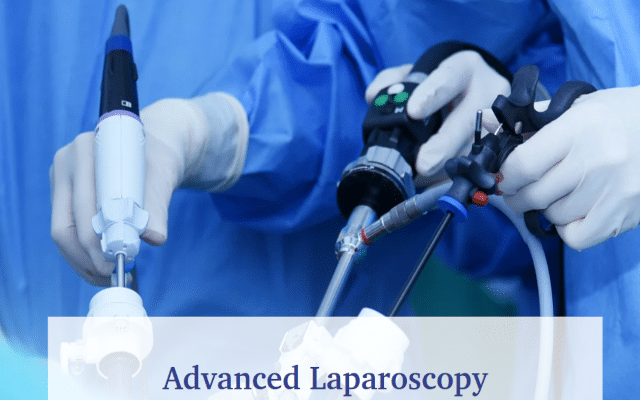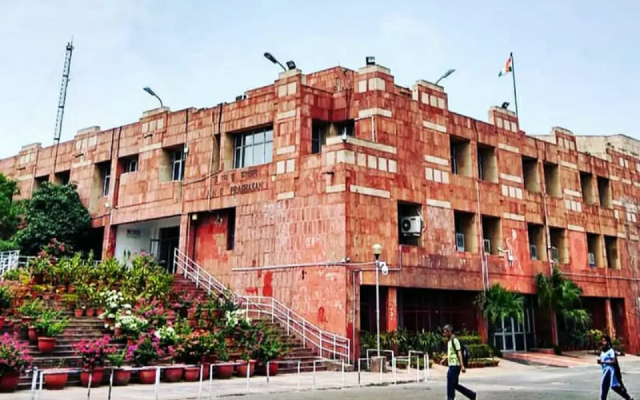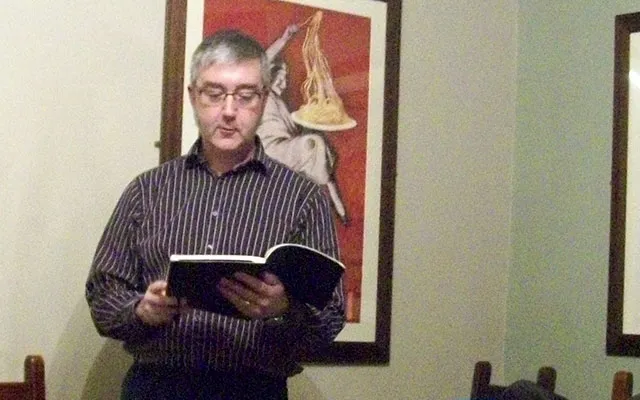Blocked fallopian tubes are one of the most common and easily curable causes of female infertility. Research reveals that the frequency of fallopian tube blockage was about 19% in women with primary infertility and 29% in secondary infertility cases. The blockage could arise from different reasons, but the fact remains that it affects the woman’s fertility.
While this could seriously hinder conception, the good news is that the condition is easily curable. One popular way to remove the blockage in fallopian tubes is through laparoscopy surgery. In addition, this safe and barely invasive surgical method to clear blocked fallopian tubes dramatically enhances the chances of conception.
More about fallopian tube blockage
The fallopian tubes connect the ovaries with the uterus. During ovulation, the mature egg released by the ovary passes through the fallopian tube before reaching the uterus. Pregnancy occurs when the mature egg is fertilised by the sperm, which usually happens in the fallopian tube. This fertilised egg goes down the tube to reach the uterus and implants itself in the uterine lining, thus establishing a pregnancy.
Blockage in the fallopian tube can disrupt this process and make it difficult to become pregnant.
Mostly, fallopian tube blockage happens due to scar tissue in the tubes. It could be due to a past injury, surgery, or some damage to the tube. It could also be due to the following:
- Endometriosis (tissue growth outside the uterus in other reproductive organs)
- Tubal ligation (birth control procedure where fallopian tubes are blocked or cut)
- Ectopic pregnancy (pregnancy where the embryo attaches outside the uterus and needs removal, resulting in scarring)
- Pelvic inflammatory disease (bacterial infection of the reproductive system)
Why is laparoscopy surgery a good option?
Laparoscopic surgery is a highly recommended treatment method for resolving fallopian tube blockage because of the following benefits:
- It enables a comprehensive reproductive system examination leading to more accurate and effective treatment.
- It needs a couple of small incisions and is minimally invasive. It means the surgery-related pain is also less.
- The recovery time is quicker. It means a short hospital stay and lower costs of hospitalisation. Typically, in two or three days, you should be able to resume your normal life.
- The risk of infection and complications is lower because of small incisions that heal quickly.
- It is a quick and easy procedure as compared to conventional surgery.
- It causes decreased trauma and blood loss because the wound site is contained to small incisions.
The biggest reason laparoscopy surgery has good outcomes is that it allows the surgeon to look closely and clearly at the affected organs and tissues. They can identify the root cause of infertility accurately with this method. The special instruments allow the surgeon to work precisely and deal with the problem without trauma to the surrounding organs or tissue.
How does laparoscopy surgery work to clear fallopian tube blockage?
Typically, the laparoscopy is done in conjunction with a procedure called hysteroscopy. The latter is an examination to visually inspect the uterus for any damage, scarring, or blockage. Hysteroscopy is done by inserting a thin, lighted tube into the uterus via the cervix. This tube allows the doctor to examine the cervix and the inside of the uterus. The surgeon determines exactly where the blockage lies and what causes it with the examination feed.
Once this is identified, the laparoscopy surgery part begins. Small incisions are made close to the belly button. The surgeon passes tiny instruments through these incisions to correct the causes of the blockage identified via the scopes. The most common causes of fallopian tube blockage are:
- Endometriosis
- Scar tissues
- Debris blocking the tube
- Anatomical issues that result in blockage
Minimal pain, minimum discomfort
The laparoscopy surgery is done under general anaesthesia. You do not feel any pain at all. It is a simple, quick process that may take 45 minutes to a few hours if the surgeon faces any complications. Usually, you do not have to be admitted for days on end in the hospital post-surgery. Less anaesthesia is used, so you also have a low risk of side effects from anaesthesia from this procedure.
Some risks are inevitably associated with any invasive treatment. But laparoscopy surgery offers a less traumatic, minimally invasive, and accurate treatment procedure.
If you have been trying to conceive for a while, your doctor may check you for blocked fallopian tubes. Laparoscopy surgery is a safe way to remove fallopian tube blockage and increase your chances of getting pregnant.

















